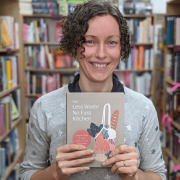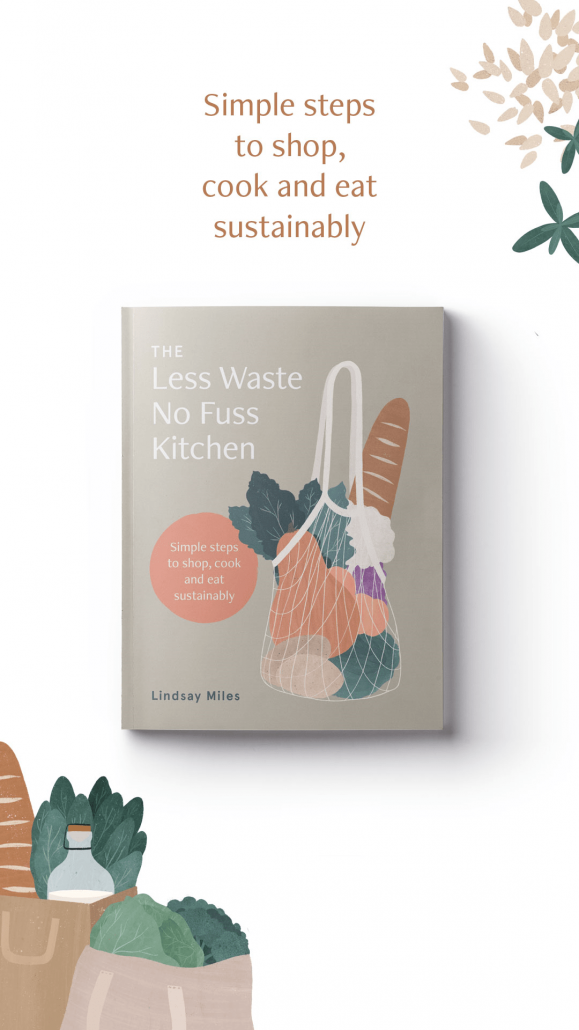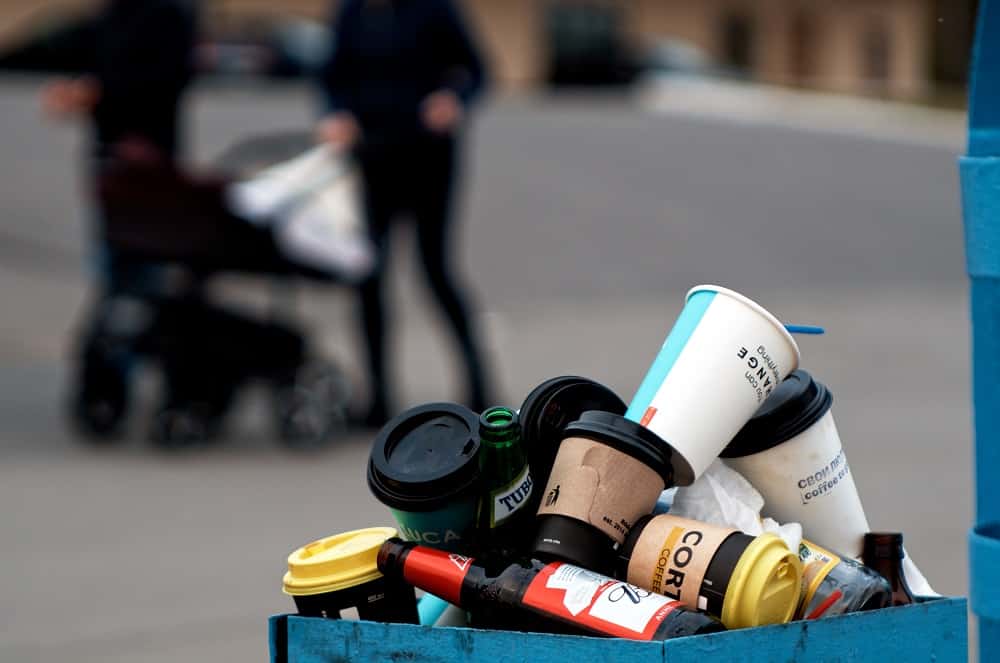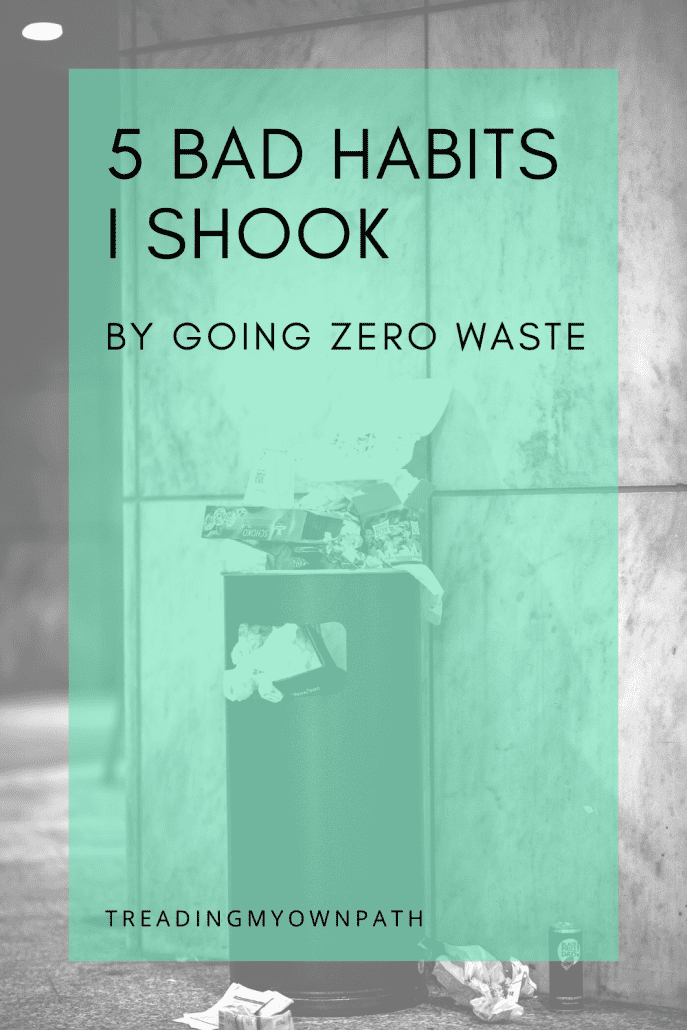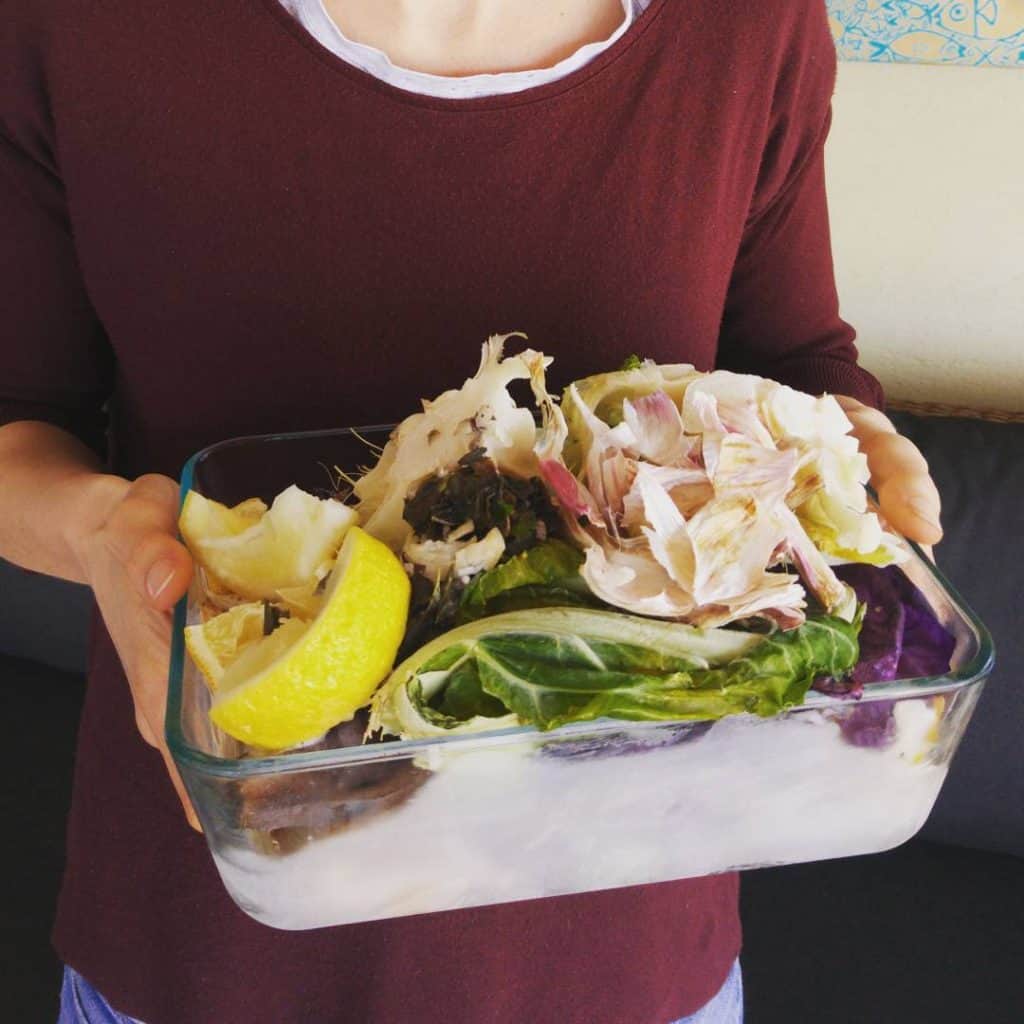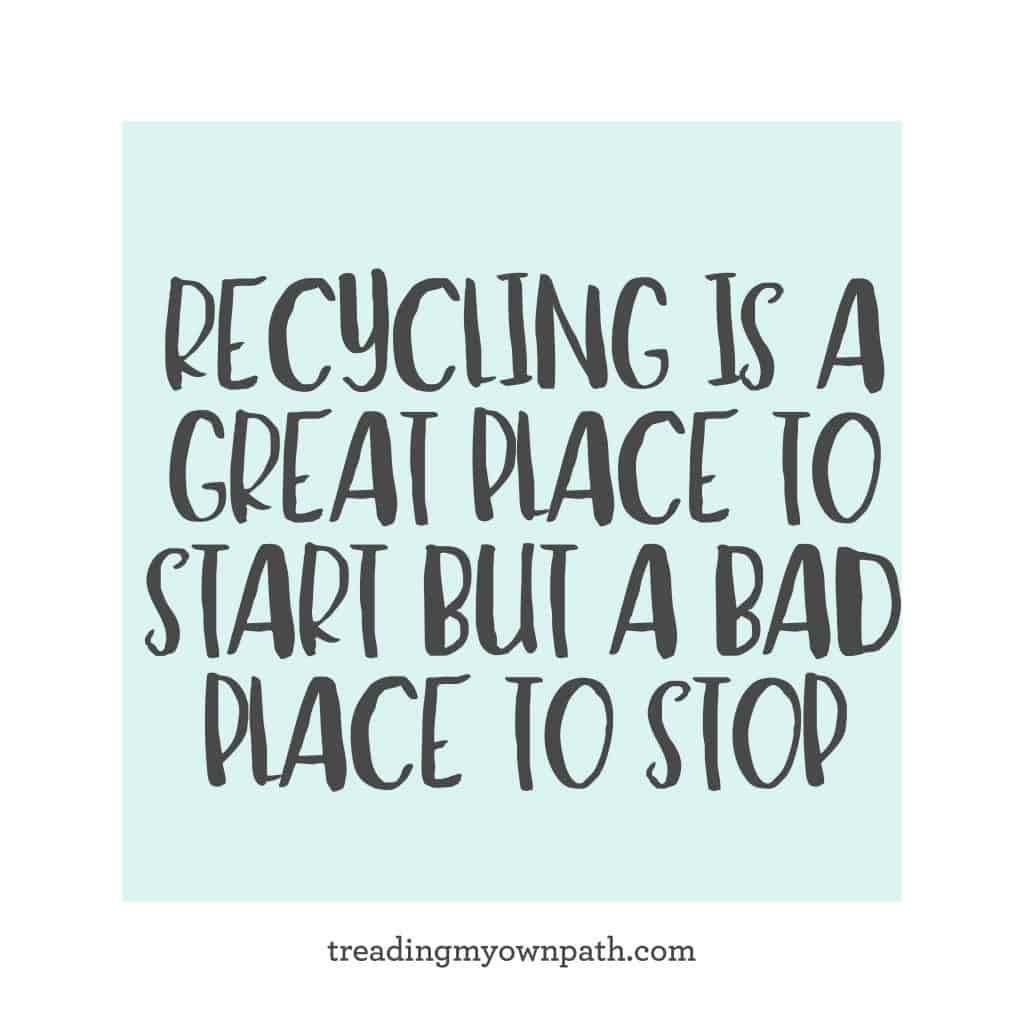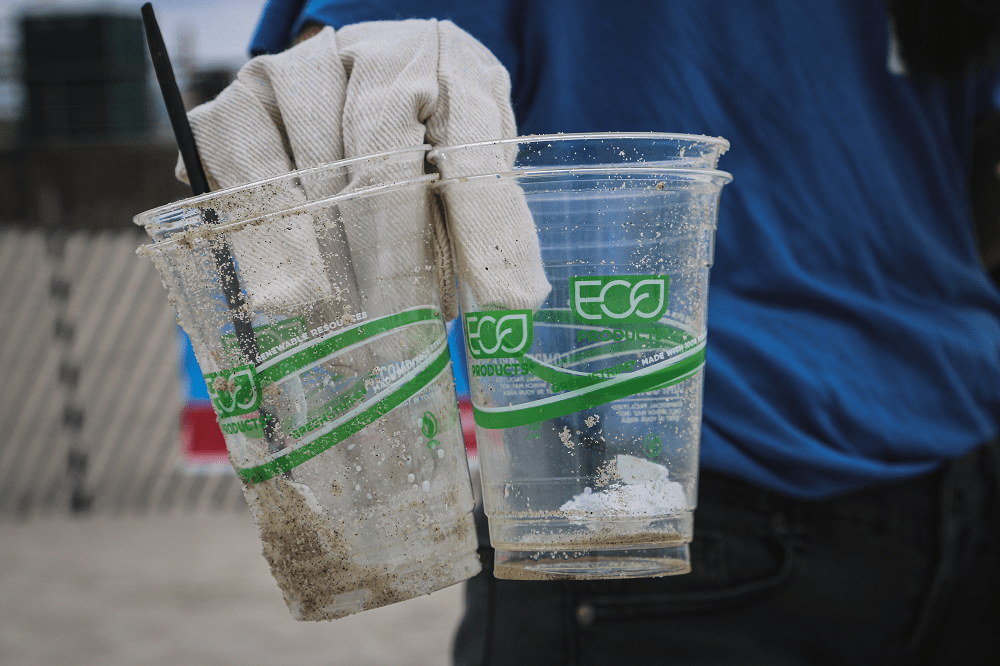The Less Waste No Fuss Kitchen: simple steps to shop, cook and eat sustainably
My new book ‘The Less Waste No Fuss Kitchen’ will be hitting the shelves in just a few days, and I’m excited to tell you all about it! Especially if you live somewhere where the bookstores are currently closed, so you can’t pop in for a good old snoop.
Never fear – I am bringing the snoop to you!
I’ve also included some answers to some of the questions I’ve been asked. I’ve had a few questions about the book, so just in case you’ve been wondering too, I thought I’d pop them all together for you.
A bit more about the book: introducing The Less Waste No Fuss Kitchen
The book covers three aspects of waste and sustainability: plastic and packaging, carbon footprints and food waste. I wanted to write something that talked about their interconnected nature. There has been lots written on each of the subjects but in isolation. But some of us who care about all of these issues – and we often don’t want to compromise anywhere.
And that makes making choices hard.
Is it better to buy plastic-free but air-freighted from overseas, or is it better to buy plastic-packaged but locally grown?
If groceries packaged in glass have a higher carbon footprint, is plastic packaging better if we want to keep our carbon footprint low?
Is it better to buy everything packaging free, but then increase my food waste as a result? Or choose the packaging to reduce my food waste?
And so it goes on.
What I realised as I was researching the book, is that there is never perfect answer. There are always exceptions to rules. ALWAYS.
Unless we’re going to grow every single thing we eat outside our back door, using rainwater we’ve harvested and seeds we’ve saved, and we’re recycling all our nutrients (I’m not just talking about composting food scraps…), then we are going to have some kind of impact.
Perfect isn’t possible, but better is. And that, my friends, is where this book is here to help. All the ways that it’s possible to take action, to do a little bit better than before. And how to figure out which actions will work (and be sustainable) for you.
Let’s take a look inside the book…
First, the technical stuff. The book is 224 pages, printed on FSC-certified sustainably sourced paper using vegetable inks. It’s full colour and there’s lots of beautiful illustrations throughout – and I even managed to get the illustrator to draw a compost bin, a bokashi bucket… and a mouldy strawberry!
These things are just as important as the pretty stuff, amirite?
A reader asked me if it was gloss paper – no, it most definitely is not! The cover is flexibound, which is half ways between a hardback and a paperback.
Now, the content!
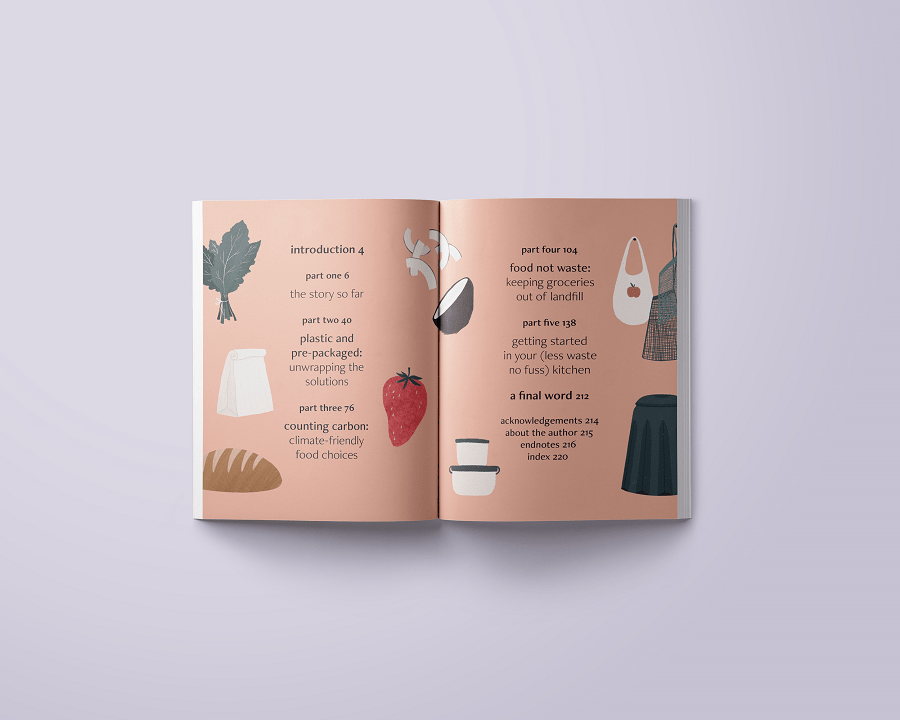
There are five sections:
Part one, the story so far – a look at our modern day food system, how it evolved to be the way it is and some of the problems it has created. I’m not one to dwell on problems, but it’s helpful to have a bit of an understanding of the issues we are trying to fix.
Then, we talk about habits, and making an action plan that’s sustainable for you, starting where you are.
Part two, plastic and pre-packaged: unwrapping the solutions – all about plastic and other types of single-use packaging, and how we can make better decisions around our choices and where possible, use less.
Part three, counting carbon: climate-friendly food choices – covering how our modern food system contributes to greenhouse gas production and all the ways we can lower our footprint, from the way we shop to the things we buy, and what we do with those things once we bring them home.
Part four, food not waste: keeping groceries out of landfill – a look at all the ways we can reduce what we throw away, from better storage to using things up to processing our food waste at home.
Part five, getting started in your (less waste no fuss) kitchen – practical ideas for reducing waste when in the kitchen. From setting up your kitchen to choosing substitute ingredients to use what you have, from tips for cooking food from scratch and simple recipes to get you started.
Here are a couple more sneak peeks of the pages…
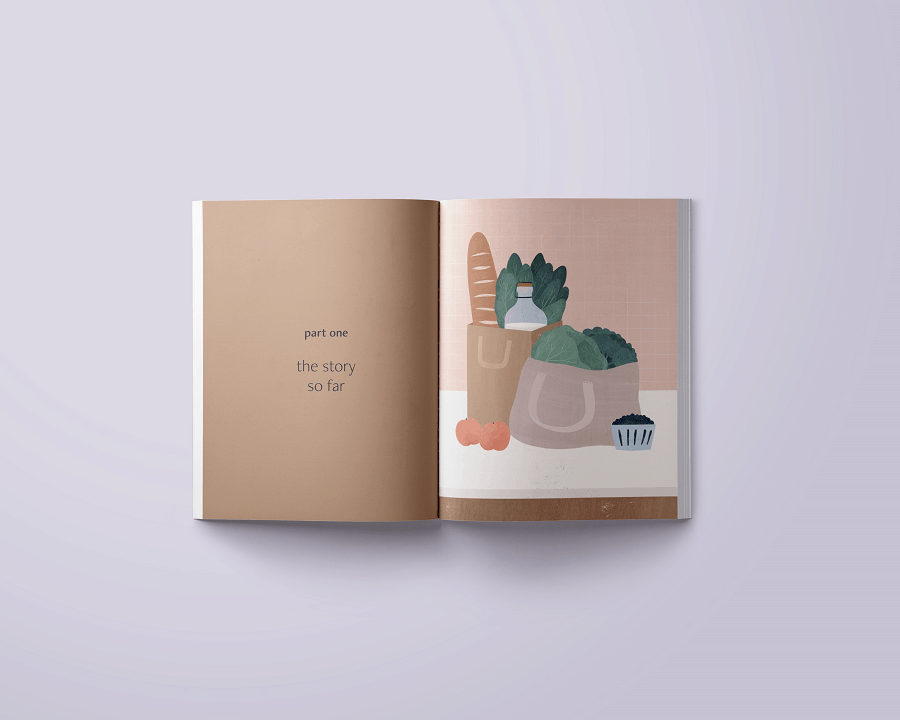
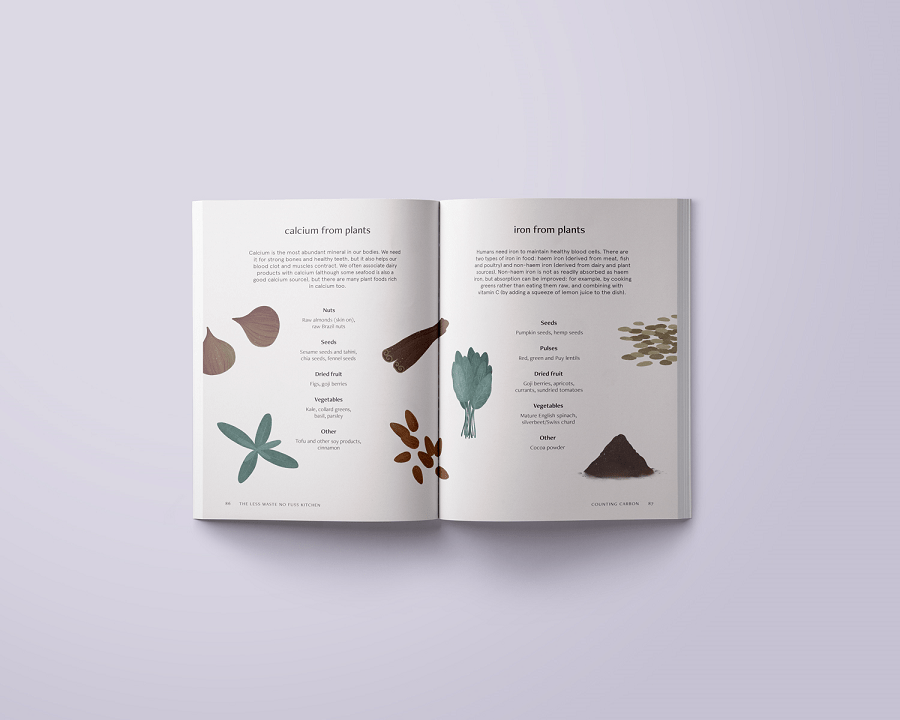
Where you can buy The Less Waste No Fuss Kitchen
The best place to buy the book, if you can, is your local independent bookstore. If you can’t physically go into the shop to browse, you might be able to call and arrange collection, or they may deliver.
Alternatively, you might like to support MY favourite independent bookstore, Rabble Books & Games (Maylands, WA). They can post, if you’re not local. All books purchased from Rabble will be signed by me :)
Alternatively, here are some online stockists that are selling my book:
Australia / New Zealand stockists:
Angus & Robertson | Booktopia | Book Depository | Dymocks | Mighty Ape (AU) | Mighty Ape (NZ)
UK Stockists:
(Official publication date is 11 June 2020)
Blackwells | Book Depository | Foyles | Hive Books | Waterstones
US and Canada Stockists:
(Official publication date is 16 June 2020)
Amazon | Barnes & Noble | Books-A-Million | Indigo (Canada) | Indiebound
eBook:
(Release date 15 June 2020)
Apple Books (iTunes) | Kindle (UK) | Kindle (USA)
Don’t forget your library!
If you’re a book borrower and not a book buyer, please don’t forget to ask your library to stock the book. It’s hard right now with so many libraries currently closed, but if staff are still working behind the scenes they might be able to order it in ready for when they re-open the doors. It’s worth checking!
The Less Waste No Fuss Kitchen – your questions answered!
Is The Less Waste No Fuss Kitchen a recipe book?
It’s more of a handbook than a recipe book. There are some recipes in part five, but it’s a much more holistic look at the way we shop, cook and eat. From the places we shop at to the things we buy; from navigating confusing choices to making the most of what we have once we bring it home – the book explores the options and ideas to limit plastic and packaging, lower our carbon footprint, get more creative in the kitchen and reduce food waste – without overhauling our entire lives or chaining ourselves to the stove.
Less waste, no fuss.
Is this a book that vegans will get value from? / Is this a book that non-vegans will get value from?
Without wanting to say ‘it’s a book for everybody!’ (because when is that ever helpful?), if you’re a vegan or a non-vegan who gets value from reading my blog, then you will get value from reading my book. Remember, it’s not a cookbook (although the recipes that are included are plant-based/vegan friendly). There’s no beating anyone over the head with a baguette and telling them what they *should* be doing (or eating) – that’s just not my style.
My approach (here and in the book!) is to avoid being prescriptive, and anyways, I really don’t believe there is a single approach that works for everyone in all circumstances. The purpose of the book – as I see it – is to help you find which approaches will work for you (rather than tell you what I think you should do).
Can I get a signed copy?
Yes! If you order from my favourite local independent bookshop Rabble Books and Games (located in Maylands, Perth WA) you’ll be able to request a signed copy!
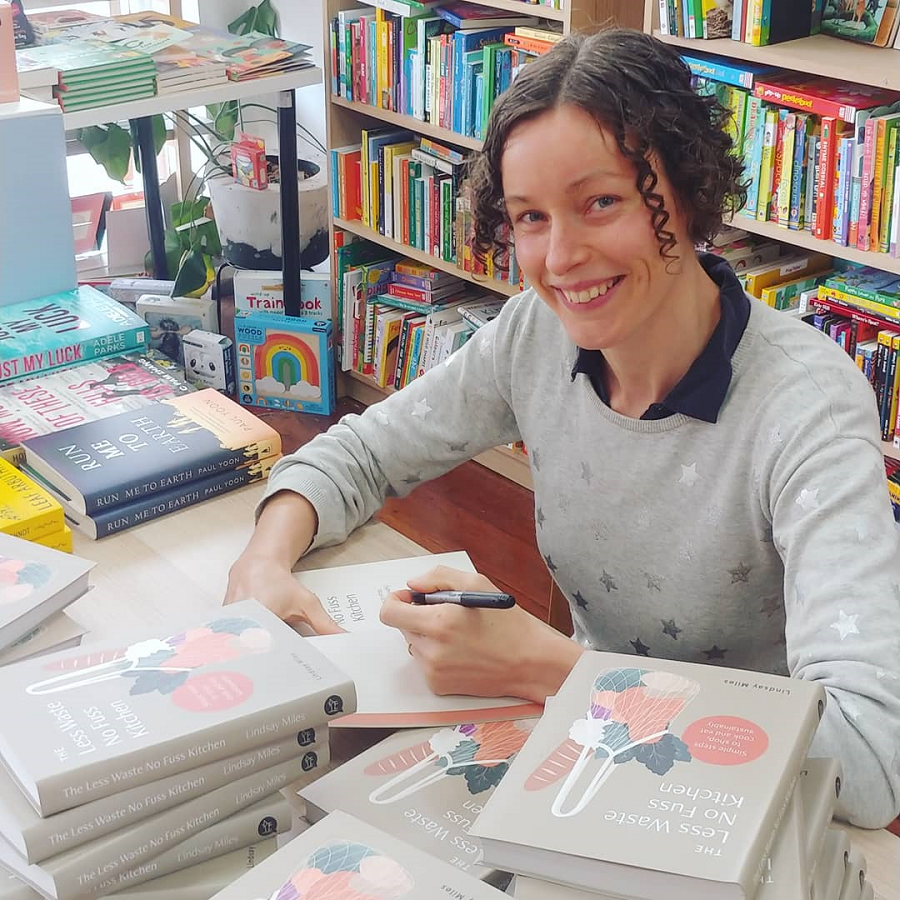
Pick-up is available in store, or they offer local delivery, or ship by Australia Post for orders further afield.
Are you doing any events or a launch for the book?
Sadly no, all the events that were planned have had to be cancelled due to Covid-19.
Why are there different covers of the book?
Actually, there aren’t. There is just one cover – this one.
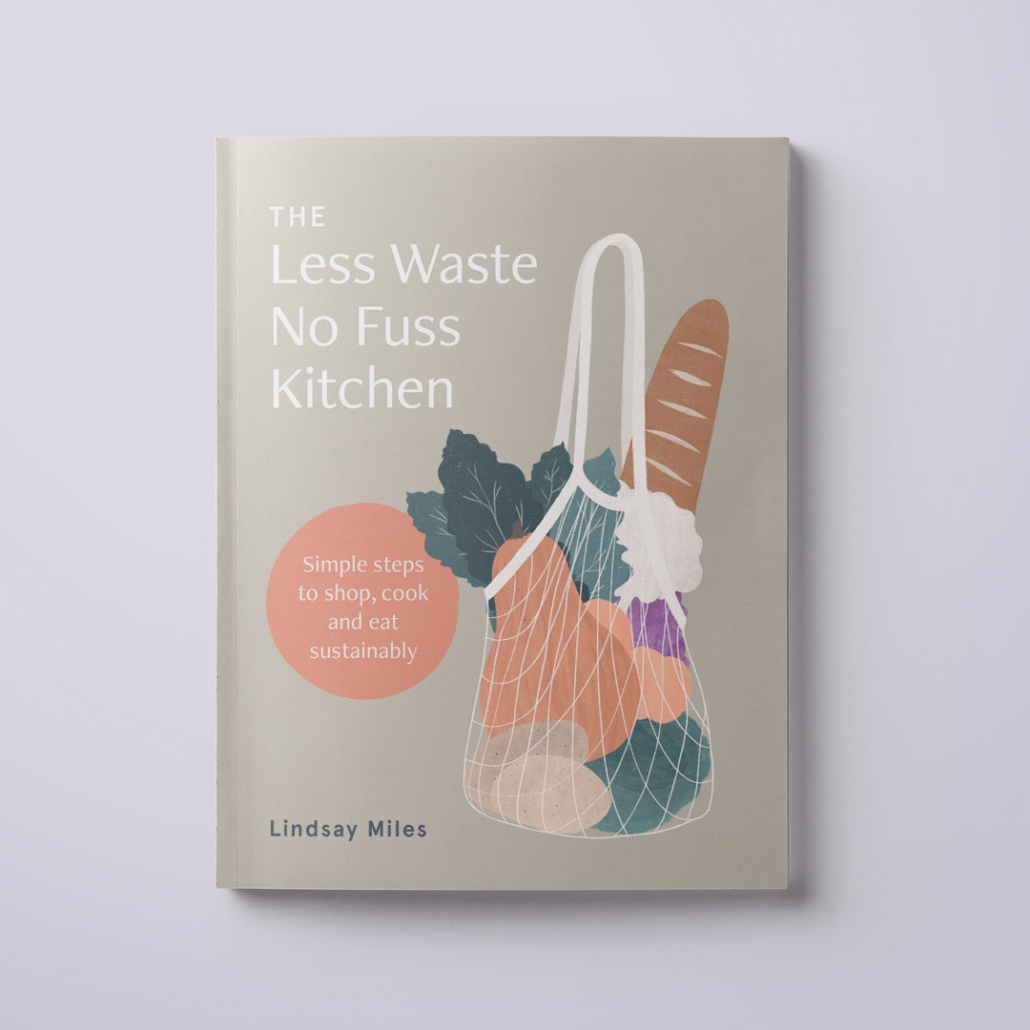
However, the US office of my publisher released a super early concept version of the front cover several months ago (one that I’d never seen before it was plastered all over the internet!) and it’s been a long process trying to get all the stores to update the image. That cover never went to print, and you won’t actually receive a book with any cover other than the one above. Sorry for the confusion!
Is there an ebook or audiobook version?
The ebook is being published on 15 June 2020. There is no audiobook planned at this stage.
…
I hope that answers all your questions, and gives you a bit of insight into the book. If I missed anything, be sure to ask me.
I can’t wait for you to have a read, and I really hope you find it useful and actionable!


